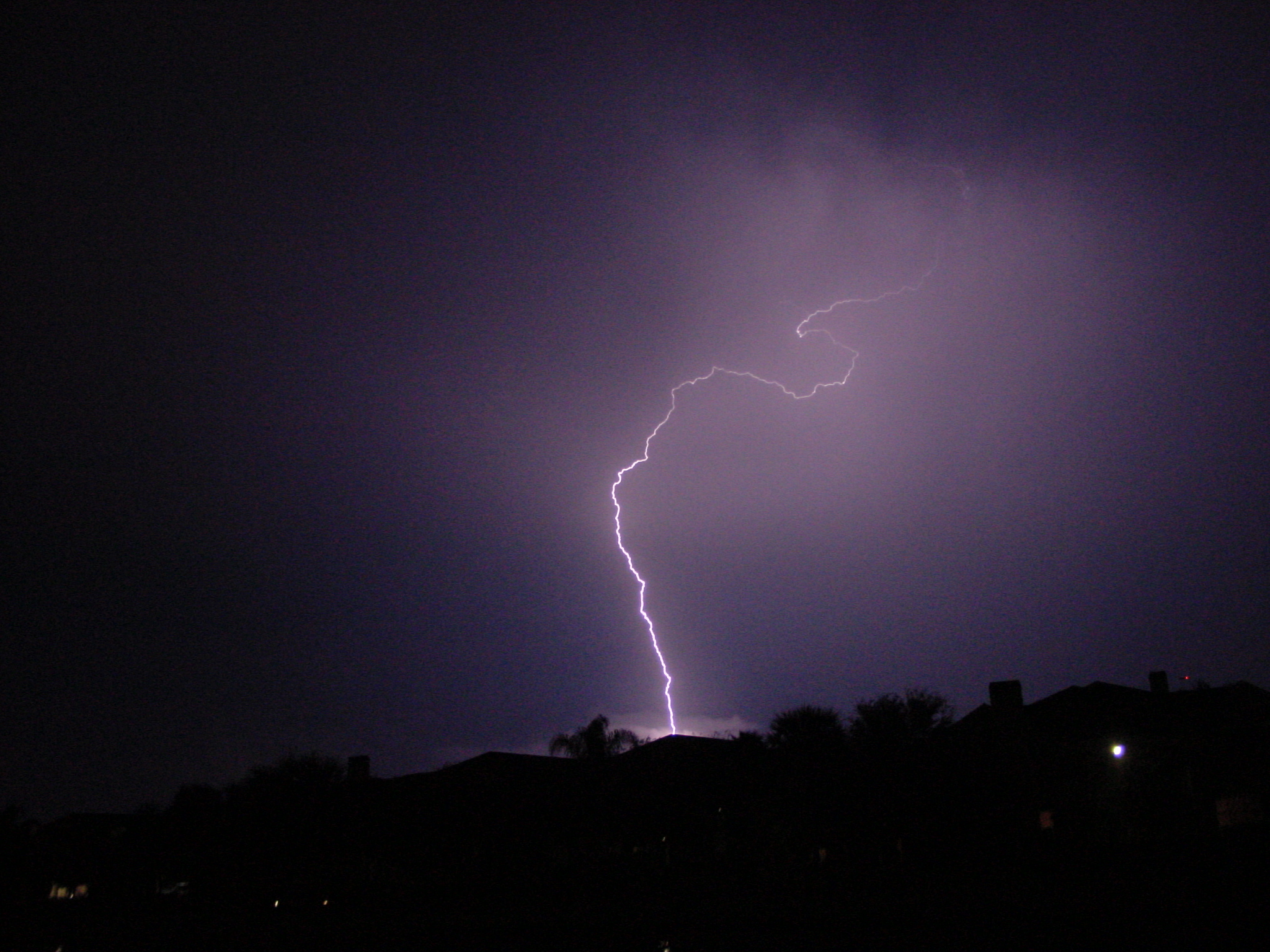 The week of June 20-26 has been designated by NOAA's National Weather Service as Lightning Safety Awareness Week. Lightning has special significance in Florida, since our state leads the nation in lightning strikes. To date since 1959, 98 people have been killed by lightning in the three-county area of Miami-Dade, Broward and Palm Beach. This is the greatest total number of lightning deaths of any three contiguous counties in the United States. The long term yearly averages for lightning casualties in the south Florida mainland are two deaths and nine injuries. Lightning is a threat year-round in south Florida, and lightning casualties have been noted in every month except January. Sadly, the vast majority of these lightning casualties could have been prevented had preventive actions been taken. Perhaps the greatest lightning myth is that if it is not raining, lightning can't strike. Lightning has been known to strike up to 10 miles or more away from the main thunderstorm core, and frequently occurs within 5 miles of the thunderstorm core.
The week of June 20-26 has been designated by NOAA's National Weather Service as Lightning Safety Awareness Week. Lightning has special significance in Florida, since our state leads the nation in lightning strikes. To date since 1959, 98 people have been killed by lightning in the three-county area of Miami-Dade, Broward and Palm Beach. This is the greatest total number of lightning deaths of any three contiguous counties in the United States. The long term yearly averages for lightning casualties in the south Florida mainland are two deaths and nine injuries. Lightning is a threat year-round in south Florida, and lightning casualties have been noted in every month except January. Sadly, the vast majority of these lightning casualties could have been prevented had preventive actions been taken. Perhaps the greatest lightning myth is that if it is not raining, lightning can't strike. Lightning has been known to strike up to 10 miles or more away from the main thunderstorm core, and frequently occurs within 5 miles of the thunderstorm core. The key to remaining safe from this type of lightning strike is to keep an eye to the sky and watch for darkening skies on the horizon along with distant rumbles of thunder. Don't just look overhead for signs of an approaching storm! The main thing to remember regarding lightning safety is: being outside is never safe during a thunderstorm! This includes park pavilions, picnic shelters and baseball dugouts which provide a false sense of safety since they are covered. Bodies of water and trees are also very dangerous places to be during a thunderstorm. Get to a safe shelter immediately if you hear thunder. Remain in
A safe shelter for 30 minutes after the last clap of thunder. Do not be fooled by sunshine or blue sky.
Know the weather forecast before you head outdoors, especially if you are responsible for the safety of others. A portable NOAA All-Hazards Radio is a great way to monitor the latest forecasts and warnings while outdoors. National Weather Service products such as the Hazardous Weather Outlook and Surf Forecast describe the daily lightning danger in south Florida and can be found on the Miami-South Florida National Weather Service website at weather.gov/southflorida or through NOAA All-Hazards Radio.
For further information go to the following web site:

No comments:
Post a Comment